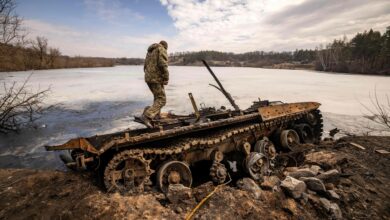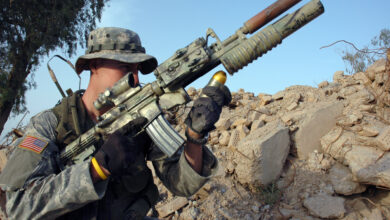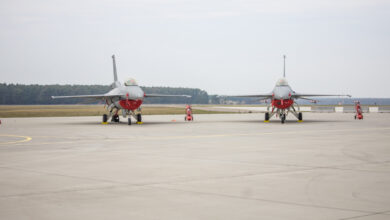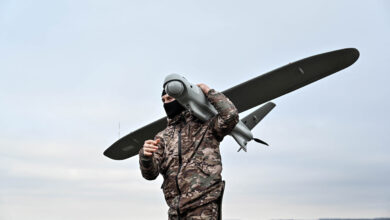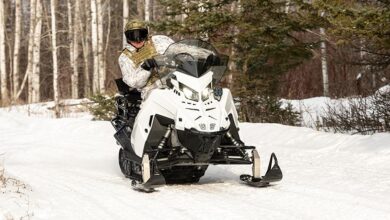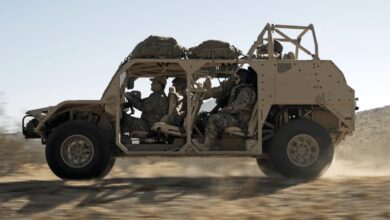US Army Tests High-Energy Laser Weapon on Stryker Combat Vehicles
The US Army tested its first high-energy laser weapon prototype on Stryker armored fighting vehicles during a “combat shoot-off” at Fort Sill, Oklahoma.
The new weapon, which took 24 months to develop, will be used to defend soldiers against enemy drones, rockets, artillery, and mortars. It is also expected to improve air and missile defense capability while lowering system lifecycle costs due to reduced logistical demand.
During the shoot-off, the laser-equipped Strykers faced various scenarios to test the Directed Energy-Maneuver Short-Range Air Defense (DE M-SHORAD) system. Soldiers also performed a series of activities to simulate aerial threats.
According to army official LTG. Neil Thurgood, the exercise marked the service’s first use of a laser weapon for combat exercises. He also expressed that the technology is ready to use and will serve as a “gateway to the future.”
To ensure enough resources for the weapon’s maintenance, the service will establish a stakeholder forum that includes firms specializing in training, leadership, personnel, facilities, and policy. The forum will ensure that the correct elements are ready when the prototypes are delivered.
‘A Key Milestone’
Thurgood explained that the prototype test will yield a number of lessons. As a result of the exercise, the service further realized that it needs to design laser weapons that are safe for soldiers and engage with the correct targets.
Meanwhile, for the deputy director of the army’s Rapid Capabilities and Critical Technologies Office (RCCTO), Dr. Craig Robin, the combat shoot-off marked a key milestone for the country’s armed forces.
“For the first time, we had a combat capable laser out on the range performing against realistic threats,” he said. “We know it is not going to be perfect, but we will continue to work with soldiers to incorporate their feedback and lessons learned from this assessment into the design to help inform future directed energy systems.”



